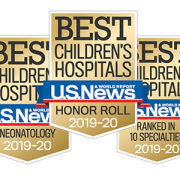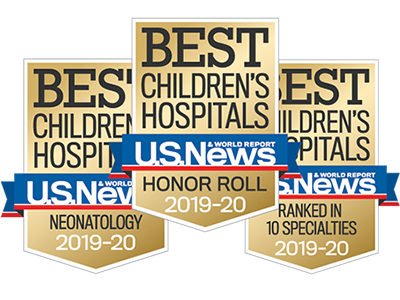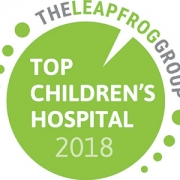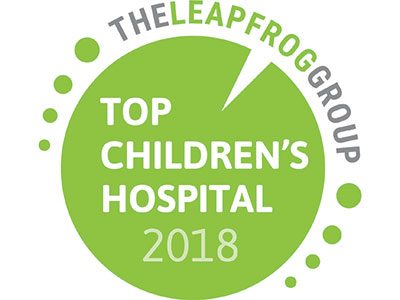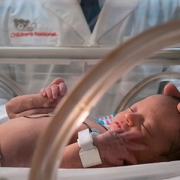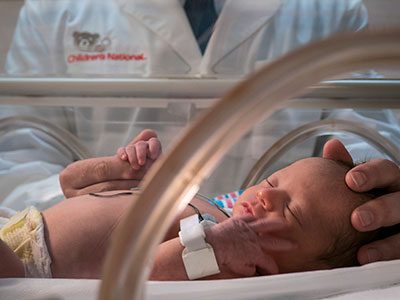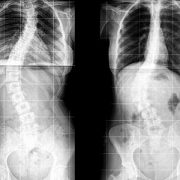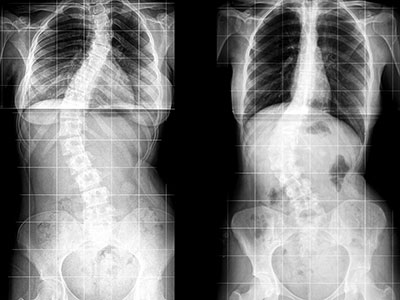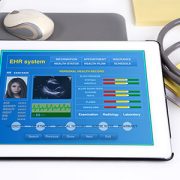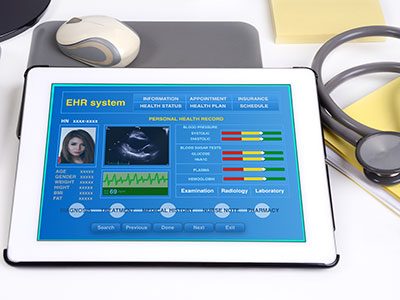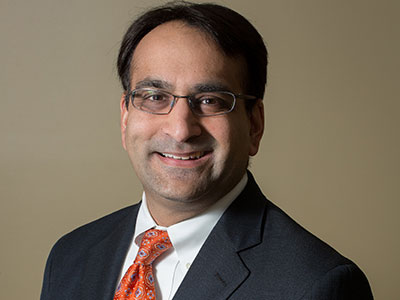Children’s National Receives Accreditation Council for Graduate Medical Education (ACGME) Grant

“Providing educational opportunities to teach about safety, communication and leadership can be leveraged into quality & safety and process improvement,” said Pavan P. Zaveri, M.D., MEd, CHSE, medical director of the Simulation Program at Children’s National.
Recent medical innovations at Children’s National Health System have made it possible for the doctors and care teams to treat some of our most vulnerable patients. To support that technological innovation, Children’s National has received a grant provided by the Accreditation Council for Graduate Medical Education (ACGME) entitled, “Pursuing Excellence through Innovation”. This grant has utilized simulation and several other initiatives to achieve its aims toward quality, safety, interprofessionalism and more.
“A primary goal of the ACGME Pursing Excellence grant is to improve the clinical learning environment, specifically for the interprofessional education in clinical areas,” said Heather Walsh, MSN, RN, PCNS-BC CHSE CPN, Simulation Program manager at Children’s National.
The $300,000 grant supports 10 to 12 initiatives at Children’s National and is currently in its 3rd year. One of the major initiatives has been to incorporate simulation activities into more aspects of training and patient care. This growth has required the Simulation Program to expand its personnel, activities and abilities in multiple ways. With a team consisting of three educators, a program manager, two simulation technicians, a program coordinator and medical and nursing directors, their efforts directly support the simulation program as a whole.
“Providing educational opportunities to teach about safety, communication and leadership can be leveraged into quality & safety and process improvement,” said Pavan P. Zaveri, M.D., MEd, CHSE, medical director of the Simulation Program at Children’s National. “However, the focus of the work that we’re performing is focused on interprofessional care that is delivered at the bedside,” he added.
Through the Simulation Program, educators work to recreate situations by using manikins and supplies to replicate patient scenarios and function in a realistic situation. The cost of the manikins range from $5,000 to $50,000 and they perform a whole spectrum of presenting the pediatric patient including talking and providing vitals. This simulation provides doctors and nurses with the opportunity to perfect the care that they aim to deliver to patients at Children’s National.
In 2018, the Simulation Program was proud that 53% of simulations supported by the Children’s National team were interprofessional and 43% were conducted in clinical areas. Between 2016 and 2017, the Simulation Program led an initiative entitled “Code Response Training”, which focused on the use of safety communication techniques in critical situations.
“This was the largest simulation-based initiative in our organization, reaching 1,400 clinicians,” Walsh stated.
The following year, Children’s National implemented “Adaptive Response Training” that focused on teaching clinicians about the importance of safety event reporting, apparent cause analysis and root cause analysis. This initiative led 1,800 clinicians through a simulated apparent cause analysis and team simulation.



